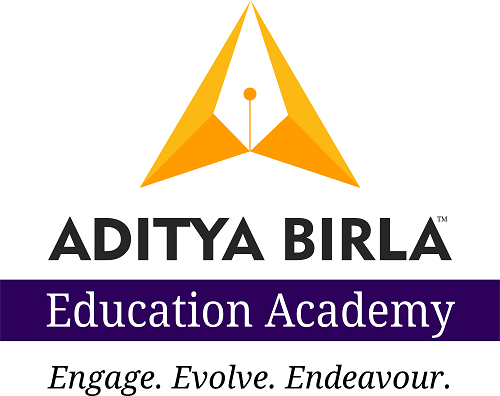More than 100 years ago, a German Psychologist named Hermann Ebbinghaus conducted an experiment on himself. He tried to memorise a list of meaningless syllables and tested his memory of the words periodically. Ebbinghaus realised that his memory of these syllables had quickly faded – that the forgetting curve was incredibly steep. He had forgotten more than 50% of the syllables in a single day!
This was not a one-off experiment. The forgetting curve experiment has been replicated several times with different materials, and the results have always been similar. In other words, there is no doubt that cramming is a bad idea.
But Ebbinghaus also figured a way to mitigate the forgetting curve. If you repeat what you learned at regular intervals, it sticks much longer in your memory. In learning science, we call this principle “spaced repetition”, where what you learnt is reviewed at periodic intervals, with increasing gaps.
Principles like these that have evolved from empirical studies on learning and retention form the foundation of the “science of learning” – an interdisciplinary field that studies teaching and learning based on empirical studies in cognitive science, educational psychology and neuroscience.
This field has a straightforward agenda: educational practices should be rooted in evidence more than the intuitions, beliefs and common sense of educators. For example, research has time and again proven that tailoring instruction according to so-called learning styles does not improve student outcomes. If you want a student to learn how to draw a diagram, she won’t master it just by listening to how one can draw it – the myth of the auditory learner. She has to practice drawing it. However, learning styles theories are still held as facts by several educators.
The science of learning makes no recommendations on social and cultural contexts, equity and inclusiveness in educational institutions. Such critical questions are left to educational sociologists and policymakers. Its focus remains on how we should teach and how we should learn.
For instance, what can we do to help a student understand a new concept? The science says the most crucial aspect is to link learning to the student’s prior knowledge – not what the educator thinks should be the prior knowledge. That we should first focus on the meaning before we jump into the details. Suppose you start a class for 6th standard students with a definition of photosynthesis like this: “Photosynthesis is a process used by plants and other organisms to convert light energy into chemical energy that, through cellular respiration, can later be released to fuel the organism's metabolic activities.” What happens? Nothing much. Just some words that flew over most students' heads. That is far too much detail to be absorbed in one go, isn’t it? On the other hand, if you start with an analogy of how we make and consume food and then link it to how plants make food, you establish the meaning of photosynthesis before the technical details of the concept.
Now, how do we remember what we learnt? Rereading a chapter multiple times, underlining, highlighting, or even summarising do not necessarily improve retention. Retrieval practice does. Simple techniques like quizzes, asking students to explain the concept in their own words and asking "how and why" questions are all examples of retrieval practice – any activity where students are challenged to recall information deliberately. Even better is spaced practice, where you repeat practice periodically.
Interleaving is another strategy that students could use to improve retention. It’s a process where you move from one set of problems or one subject to another, allowing the brain to differentiate between concepts and enhance neural connections. But interleaving should be done carefully and in logically connected chunks – it does not mean random jumping from one subject to another.
Also read: Creating Engaging Learning Environment: Teachers Matter
Finally, a word on motivation: intrinsic motivation always works better than extrinsic motivation. That is, you learn something because you want to learn, not just to win a prize or a certificate. But what can we do to improve students’ intrinsic motivation in the subject that we teach? Well, we can’t do that if we ourselves are not intrinsically motivated. Students need to sense that there is something inherently exciting about a subject. Rewards, in fact, can dampen intrinsic motivation. Set challenging but achievable tasks. Support those who struggle. Provide clear, actionable feedback – as opposed to negative feedback on their behaviour or personality.
To sum up, we need to follow evidence-based methods. But learning science is not a hard science like physics or chemistry. It is a new field, and the principles are still evolving. Therefore, in addition to adopting proven practices, we need to start observing our classes more carefully and identify what works and what doesn’t. And let’s document these observations like reflective practitioners. After all, human knowledge has been built on trial and error. So, we will continue to make errors. And we will continue to learn.
Aditya Birla Education Academy focuses on providing educators with learning opportunities to pursue their ambitions and boost their career growth.








